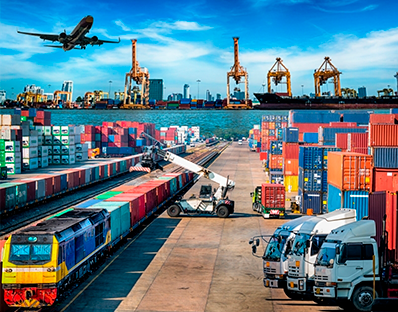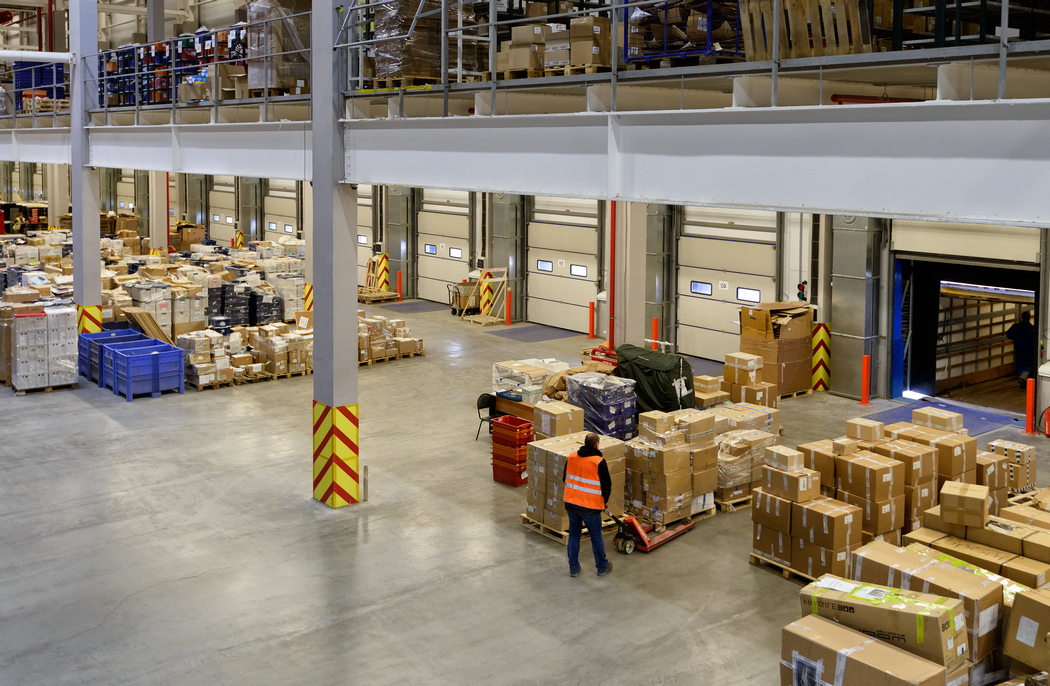International Parcel Delivery A Comprehensive Guide to Efficient Shipping

International Parcel Delivery: A Comprehensive Guide
In today’s globalized world, the demand for International Parcel Delivery https://europadelivery.com/parcel-delivery/ services continues to rise as individuals and businesses seek to send packages across borders seamlessly. Understanding the essentials of international shipping is crucial for ensuring that your parcels arrive safely and on time. This article delves into the intricacies of international parcel delivery, highlighting various aspects including best practices, service options, and key considerations for successful shipping.
The Importance of International Parcel Delivery
As e-commerce continues to flourish, the international parcel delivery sector is becoming increasingly vital. Online retailers are constantly expanding their markets, embracing international customers with open arms. Efficient parcel delivery not only enhances customer satisfaction but also fosters trust and loyalty. Furthermore, understanding delivery times, customs regulations, and shipping costs can significantly impact your business’s bottom line.
Choosing the Right Delivery Service
When it comes to international shipping, choosing the right delivery service is pivotal. Various carriers offer differing services, each with its own strengths and weaknesses. Below are some popular international parcel delivery services:
- DHL: Known for its robust international network and speed, DHL is a preferred choice for businesses requiring timely delivery.
- FedEx: With a reputation for reliability, FedEx provides various shipping options suitable for urgent and less time-sensitive deliveries.
- UPS: UPS offers a wide range of services, including options for tracking shipments and ensuring customs compliance.
- Royal Mail: For shipments to and from the UK, Royal Mail offers affordable international shipping solutions with various delivery times.

It’s essential to analyze your specific needs—whether you prioritize speed, cost, parcel size, or destination—to determine which service aligns with your shipping goals.
Understanding Shipping Costs
Shipping costs can vary widely based on several factors, including weight, dimensions, destination, and speed of delivery. Here are some key considerations that impact pricing:
- Weight & Size: Heavier and larger packages typically incur higher charges. Ensure that your parcels are appropriately packaged to optimize shipping costs.
- Delivery Speed: Expedited services are generally more expensive than standard options. Assess whether speed is a priority for your shipment.
- Destination: Shipping to certain countries may come with added fees, especially if there are remote delivery locations involved.
- Customs Fees: Be aware of potential customs duties and taxes that might apply to international shipments, as these can significantly impact the final cost.

Customs Regulations and Documentation
One of the critical aspects of international parcel delivery is navigating customs regulations. Every country has its own set of rules regarding what can be imported or exported. Failure to comply with these regulations can lead to delays, additional charges, or even the return of parcels. Key documents required for customs clearance may include:
- Commercial Invoice: This document includes details about the contents of the parcel, its value, and the purpose of shipment.
- Customs Declaration: A form that provides customs with additional information about the shipment.
- Shipping Labels: Properly filled out shipping labels, including sender and recipient addresses, are essential for successful delivery.
Before shipping, it is advisable to check with your delivery service about specific documentation requirements for your destination country to avoid unforeseen complications.
Packaging Your Parcel for International Delivery
Packing is crucial when it comes to international deliveries. Proper packaging not only protects your items but also ensures they comply with international shipping standards. Here are some essential tips for packaging:
- Use Quality Materials: Invest in sturdy boxes and appropriate cushioning materials to prevent damage during transit.
- Avoid Overpacking: While it’s important to protect the contents, avoid excessive packing that could increase shipping costs and cause issues during customs inspections.
- Label Clearly: Ensure that shipping labels are visible and that all necessary documentation is attached securely.
Tracking Your Parcel
Tracking technology has evolved significantly, allowing customers to receive real-time updates on their shipments. Most international parcel delivery services provide a tracking number that enables you to monitor the status of your package through various stages of delivery. This transparency enhances customer trust and satisfaction as they can anticipate the arrival of their parcels. In case of delays or issues, tracking information can help you identify the location and status of the shipment, allowing you to take appropriate action.
Common Challenges in International Parcel Delivery
Despite advancements in logistics and shipping technologies, challenges persist in international parcel delivery. Common issues include:
- Delivery Delays: These can be caused by customs processing, destination country restrictions, or adverse weather conditions.
- Incorrect Addressing: Providing incomplete or incorrect recipient information can lead to significant delays or returns.
- Customs Inspections: Some parcels may be selected for random inspections, which can lead to extended delivery times.
Addressing these challenges requires proactive planning, such as ensuring all details are accurate and being aware of each country’s regulations.
Conclusion
In conclusion, international parcel delivery is a complex yet essential part of global commerce. By understanding the shipping landscape, selecting the appropriate services, complying with customs regulations, and adopting best packaging practices, both businesses and individuals can navigate this process more effectively. As technology continues to advance, the future of international shipping looks promising, providing even more efficient and customer-friendly solutions.
